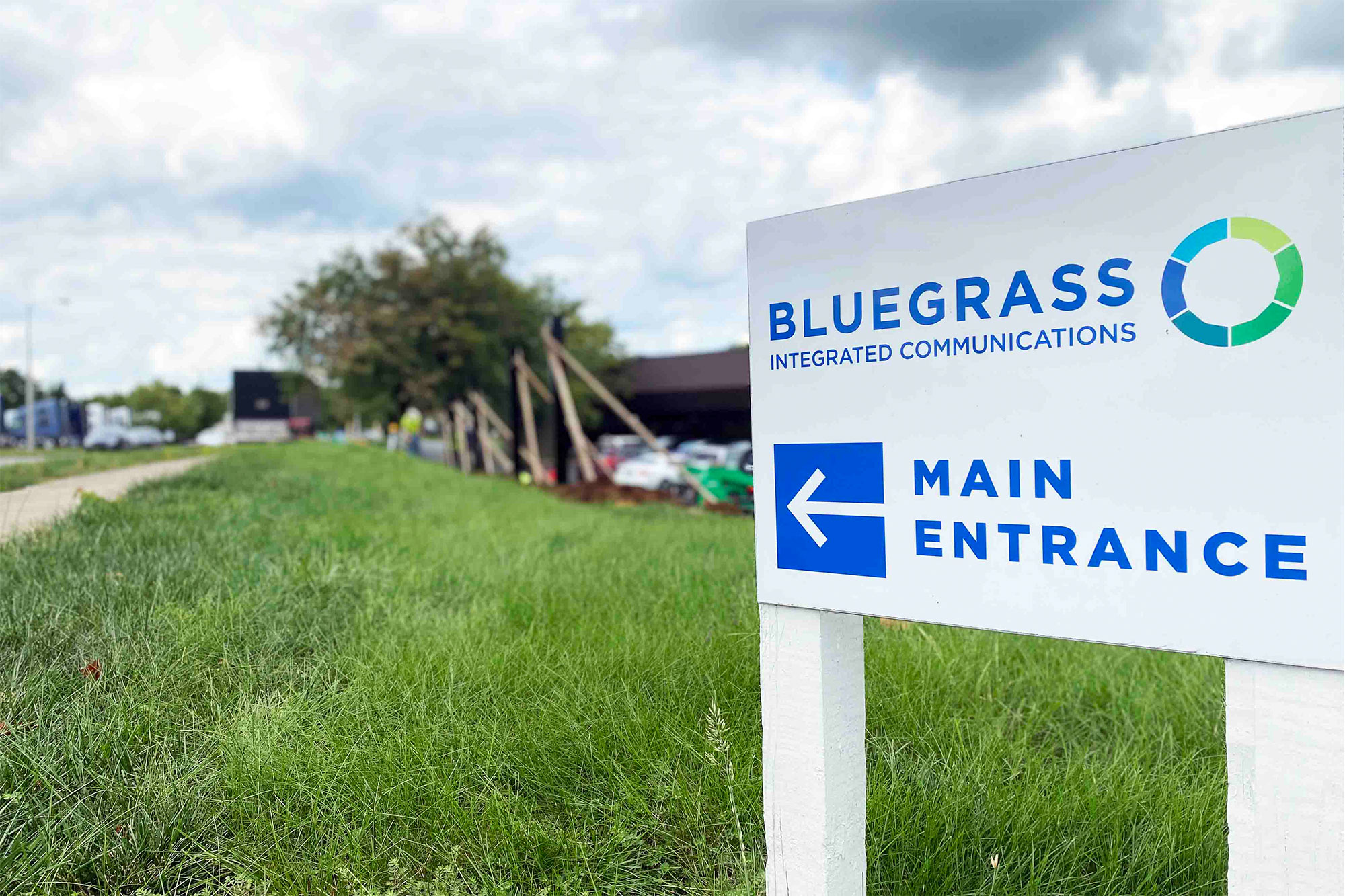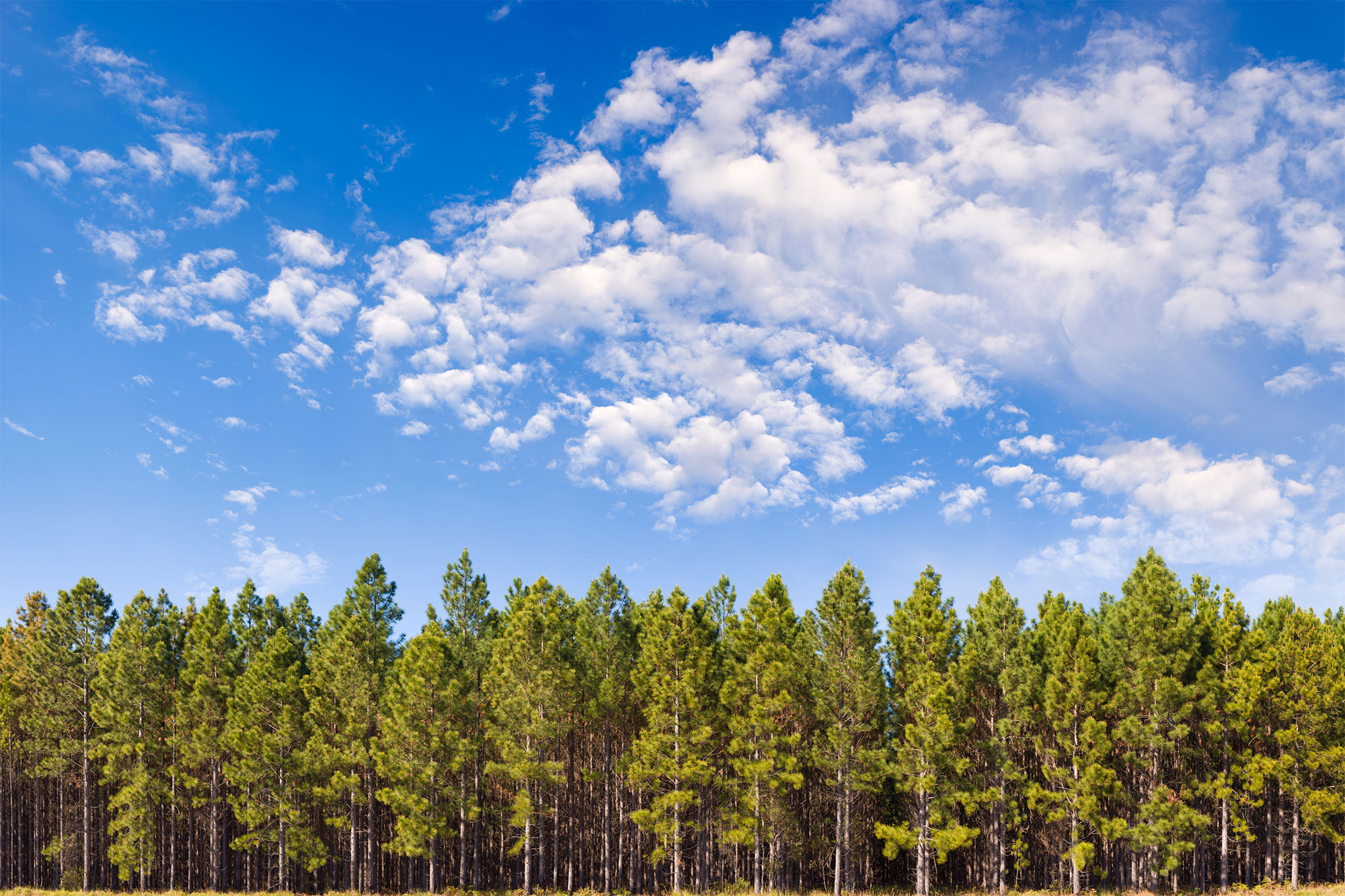Bluegrass Goes Green: Sustainability Efforts Underway
We’ve made some changes at our headquarters in the last year to decrease our impact on the environment. Our goal is to be a more sustainable workplace. Here are steps we’ve taken so far, along with some news about what we’ll be doing in the future as we look for ways to reduce, reuse and recycle.
Out with the foam
Foam coffee cups are cheap and convenient–less than $20 per 1,000 for 6-ounce cups– but they can’t be recycled. After reading about Maine becoming the first state to outlaw Styrofoam earlier this year and the reasons behind that move, like the fact that foam cups take thousands of years to biodegrade and are made from a material that’s a carcinogen, we decided we should stop using them too. On average, we went through about 15,000 6-ounce foam cups a year. In early 2019, we bought 150 metal mugs with lids ($15 each) for our staff. We also bought biodegradable cups and lids for guests and temporary workers to use. We added sink brushes for easy mug cleanups and replaced plastic stir sticks with wooden ones and removed all plastic straws.
Those metal cups aren’t an insignificant investment, but we believe they’ll pay off in terms of the health of our staff and the planet.
Upped our recycling
Between our printing and mailing divisions and our fulfillment/warehouse operation, we handle a lot of paper and cardboard in our offices. We recycle everything from cardboard to white bonded paper. While we don’t have our 2019 numbers yet, we have increased paper and cardboard recycling from 180,000 pounds to about 200,000 pounds. We’ll keep looking at ways to recycle more.
Brighter light and big savings
Just over a third of our 60,000-square-foot headquarters is warehouse space. Good lighting is imperative — we’ve got to see product numbers and shipping addresses to do picking, packing and shipping. Over the last two years, we replaced 450-watt bulbs with 130-watt LEDs. We also installed three motion sensors per aisle. They turn off after 5 minutes if no motion is detected. We also put motion-sensor lights in our restrooms. Here’s something funny that we learned about using motion sensors in restrooms. If you don’t set the timers right, you might leave people in the dark because after a person enters a bathroom stall, their motion is not detected. After some of our employees got left in the dark, we decided we better increase the length of time that lighting stays on after it is activated by motion. It was an easy fix.
With our new LED lighting and motion detection, not only is our lighting brighter, it costs less. LED lighting is a proven way to advance sustainability. We estimate an electric cost savings of about 75 percent because of the changes we have made.
Solar panels to come soon
This spring, we will install a 48-panel solar array on our property. We plan to double the number of panels in the next couple of years. These solar panels will allow us to take advantage of the sun’s energy to fuel part of our office’s energy needs and reduce our need for energy created by fossil fuels and other nonrenewable sources.
We’ve joined Two Sides
We are now a member of Two Sides North America, a coalition of businesses and industries that make and use paper. Among Two Sides’ goals is to help people understand that they aren’t destroying forests and the environment by printing marketing brochures or mailing printed invoices to their customers. It’s something that our customers are concerned about, and we want to have the research and information in hand so we can assure them that they aren’t damaging the environment. Two Sides bases its reports on studies and research by organizations like the U.N., World Wildlife Fund, USDA, the American Forest and Paper Association, and the EPA. Among the common misconceptions that Two Sides North America has set straight is that we’re destroying forests when we use paper when in fact, trees used in paper making are specifically grown for that purpose. Two Sides has found that each year, the U.S. and Canada grow more wood than they harvest. IN fact, between 1990-2015, U.S. forest area grew the equivalent of 1,660 NFL football fields a day.
We’ll share more about Two Sides’ findings in future blogs.
More ideas from Bluegrass Greensource
In Central Kentucky, we are lucky to have a nonprofit called Bluegrass Greensource (formerly Bluegrass PRIDE) to help us learn to be more sustainable. Bluegrass Greensource provides education and resources to encourage people to take small steps toward a sustainable future. It works with schools, community groups, businesses like ours, local governments and everyday citizens in 20-county region.
It’s inaugural Sustainability Summit, scheduled this year on Feb. 4 at the University of Kentucky’s Gatton Student Center. Among the speakers is the director of facilities management at the Cincinnati Zoo–who knew it was the “Greenest Zoo in America?” Regional success stories from Lexington and smaller communities will also be shared. Seminars will tackle waste reduction, energy efficiency, water quality and sustainable agriculture and local food.
Interested in how Bluegrass can help?
See what we can do.
You may also like...





